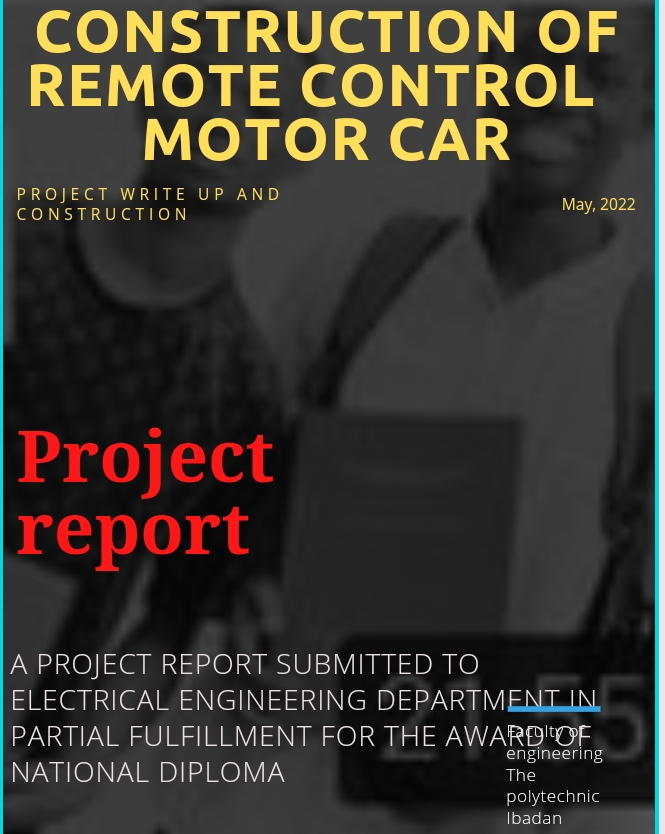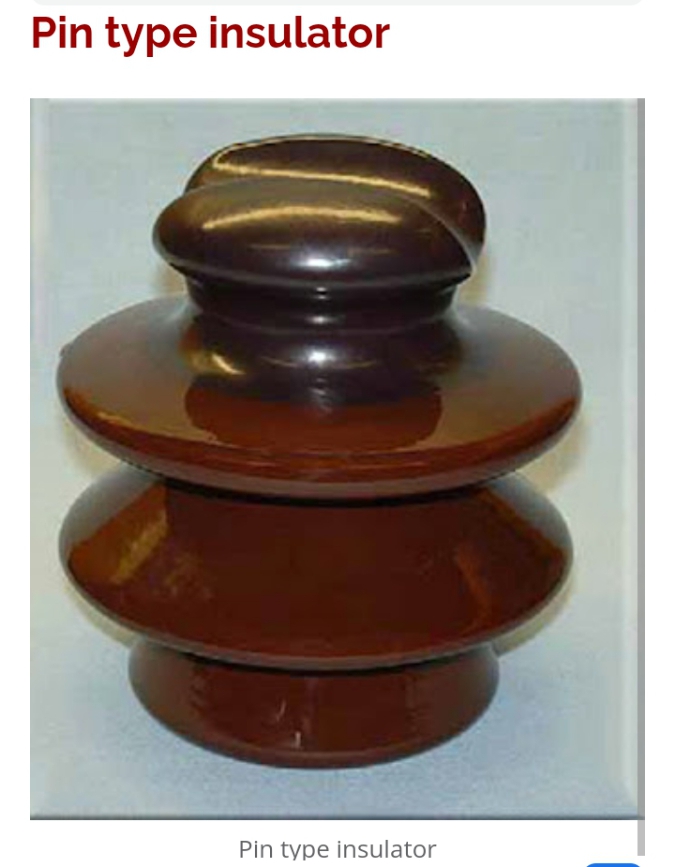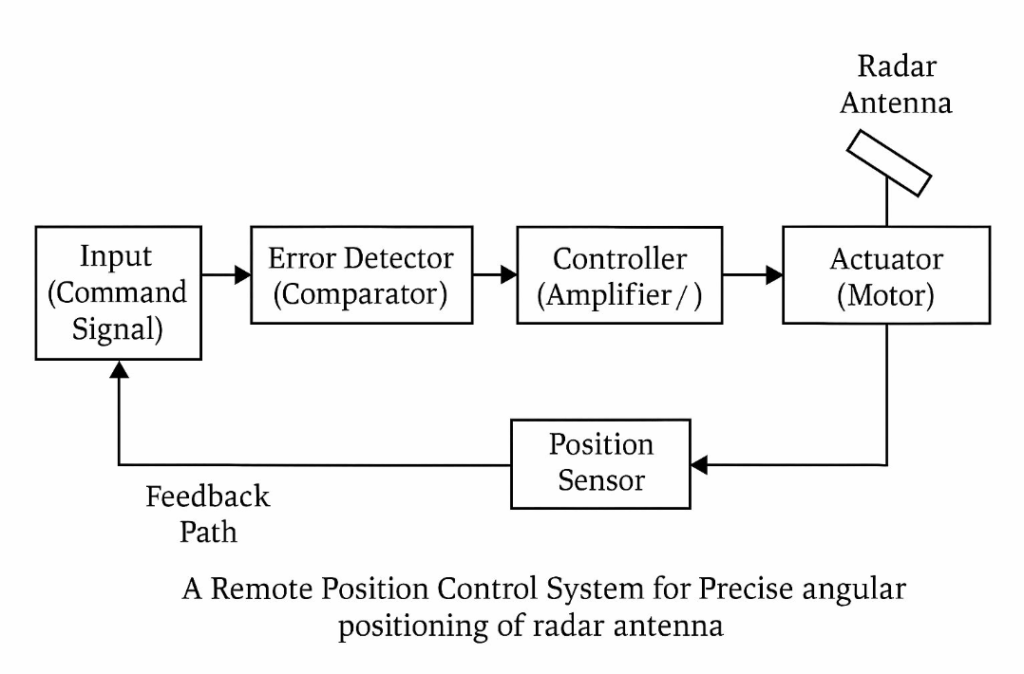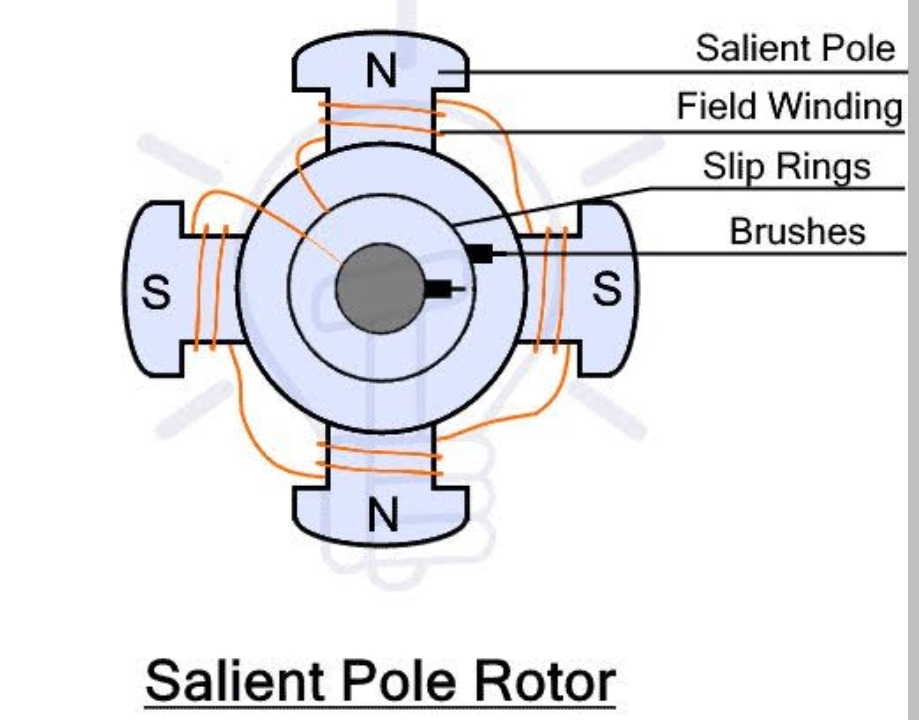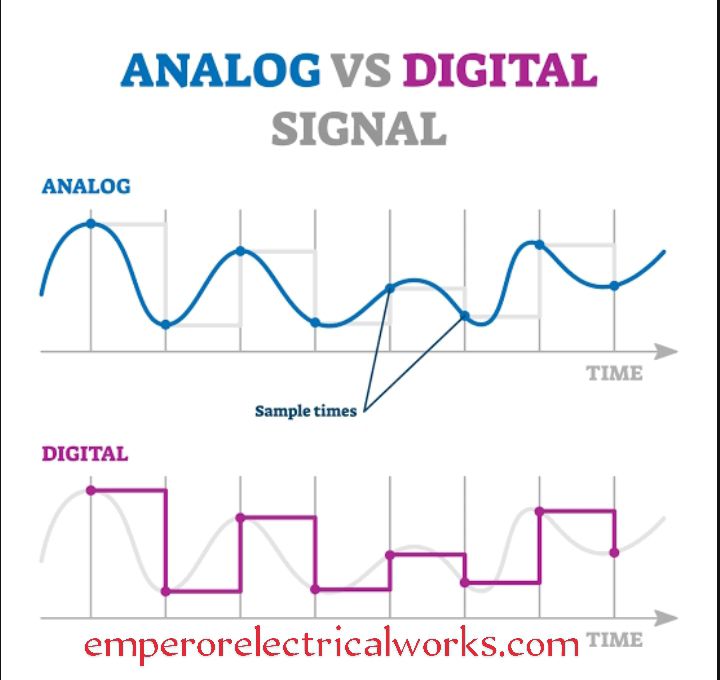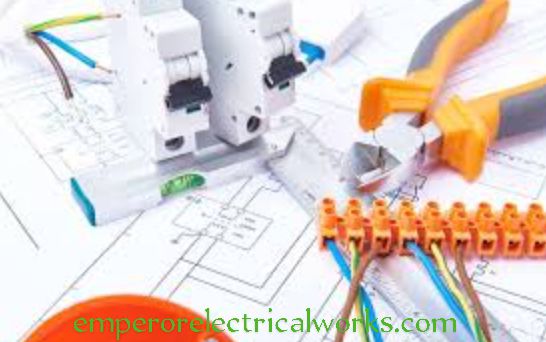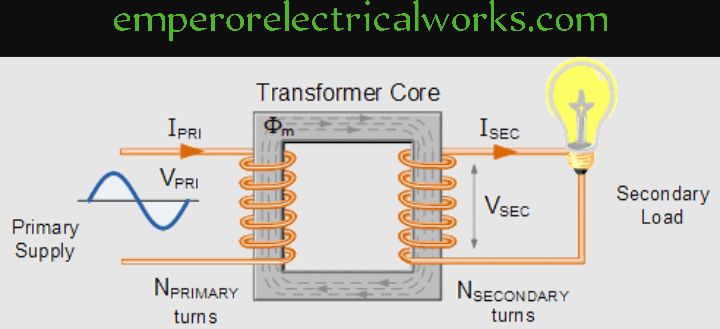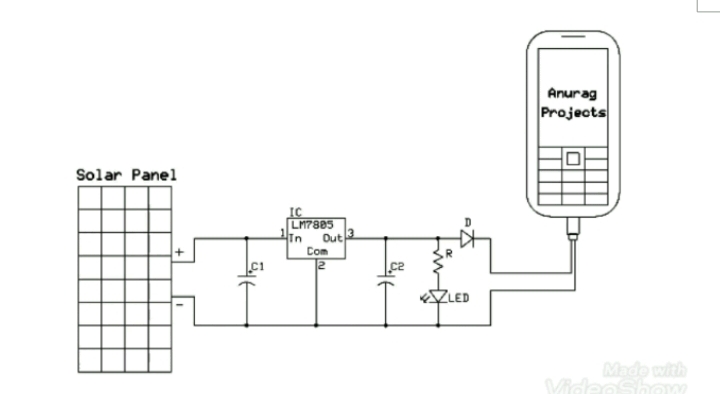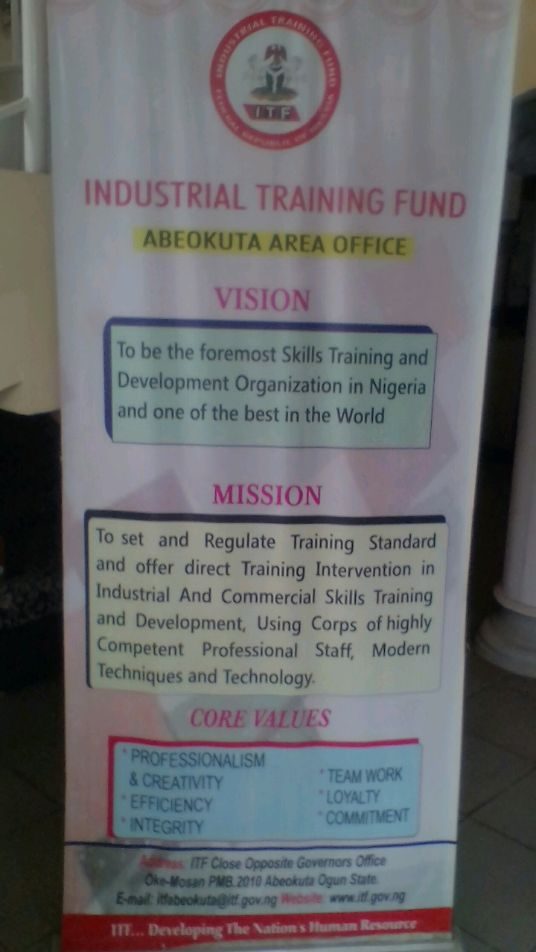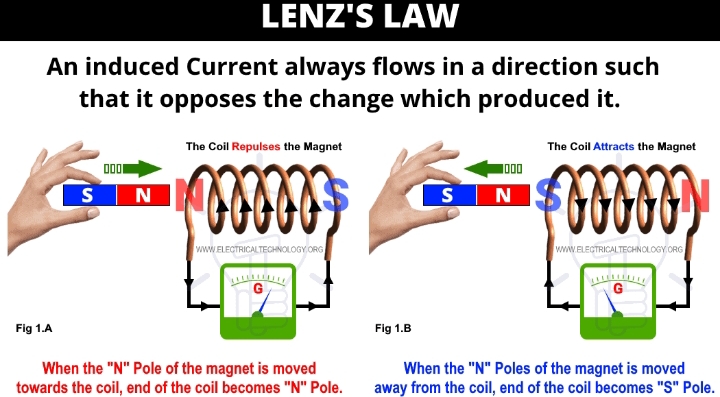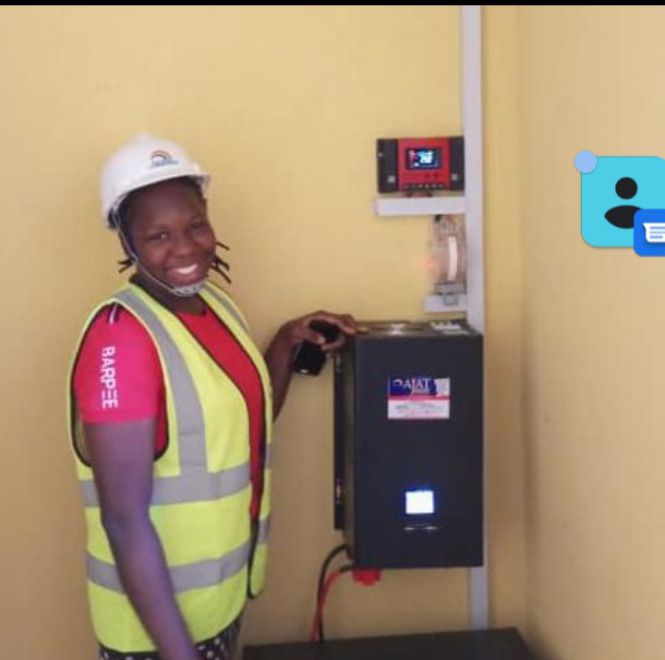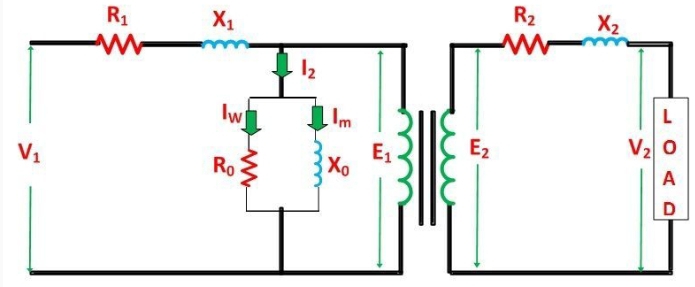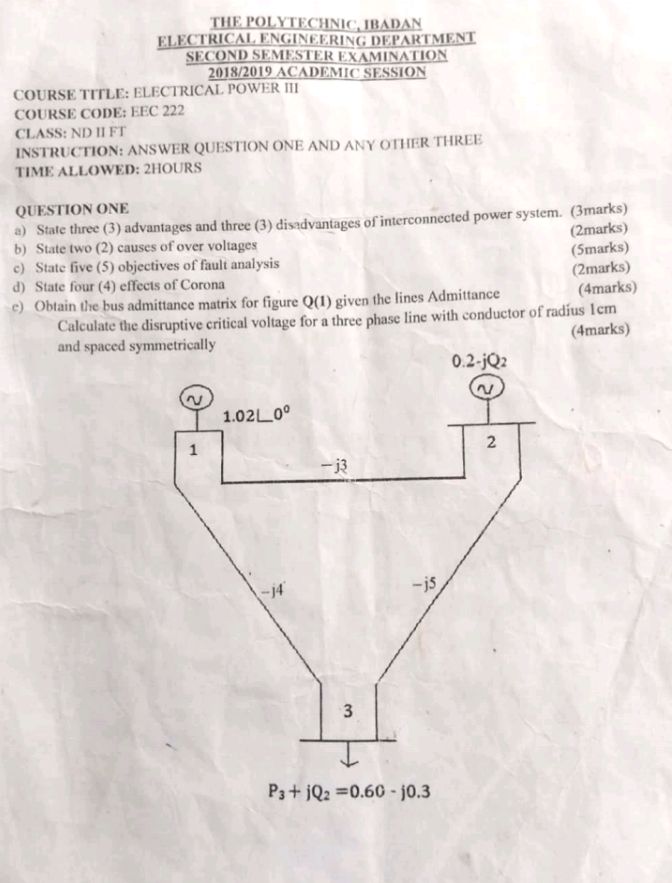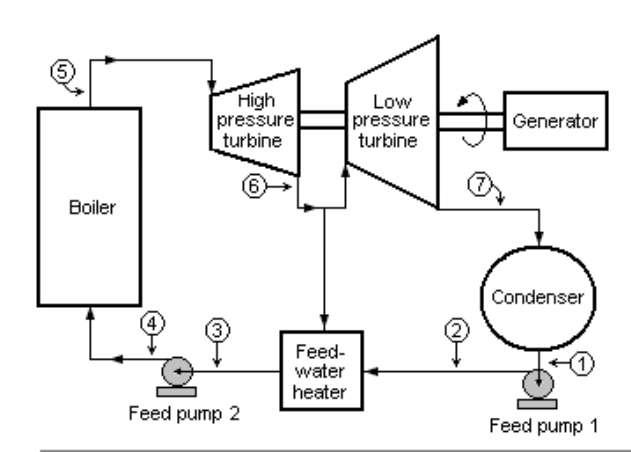ABSTRACT
This project is based on fabrication of metal door. A metal door is a movable structure used to close off an entrance typically consisting of a panel that swings, slide or rotate.
This metal door more reliable and strong and has much good working appearance than other doors like, wooden door, glass door, leather door and so on. Various fabrication processes such as marking out, cutting, bending, joining or welding, grinding, spraying and so on were adopted and implemented in the fabrication of this twin leaf metal door, peep hole was fixed on the door to screw visitor and admit on choice, the main purpose is to ensure safety and protection.
The material used to make this project to be a well strong design are as follows: galvanized metal plate, square pipe, lockset key, paint, hinges guage, 2electrode and grinding disk and the major reason of using the material is to provide good making features of the door which will meet up with now adays demand and designs, and in order to expose students on how to use different types of simple tools and some machines. The special features on the door are as follows, pinhole, lockset key, hinges small, square pipes, paint which is use to coat the door against rusting.

